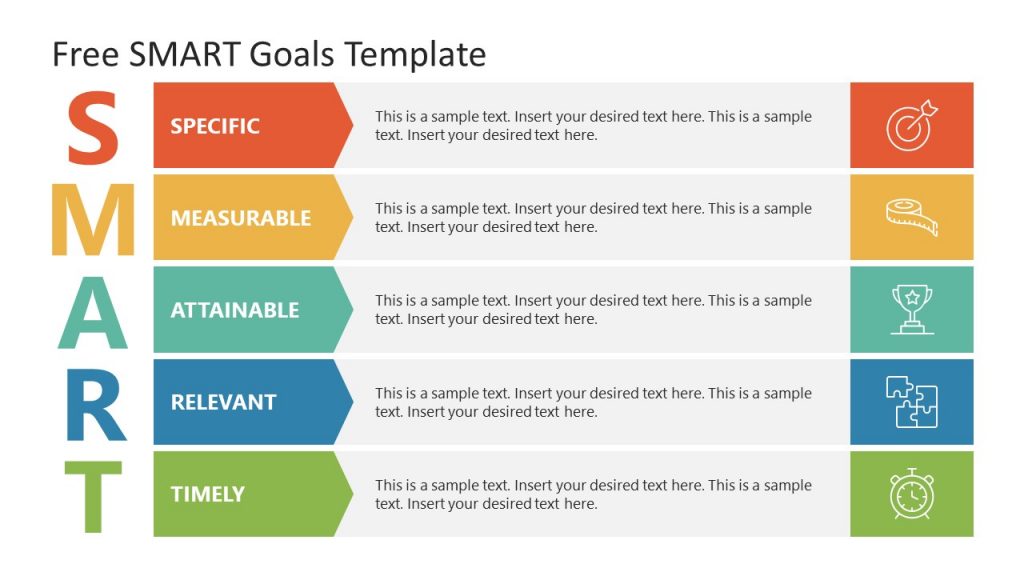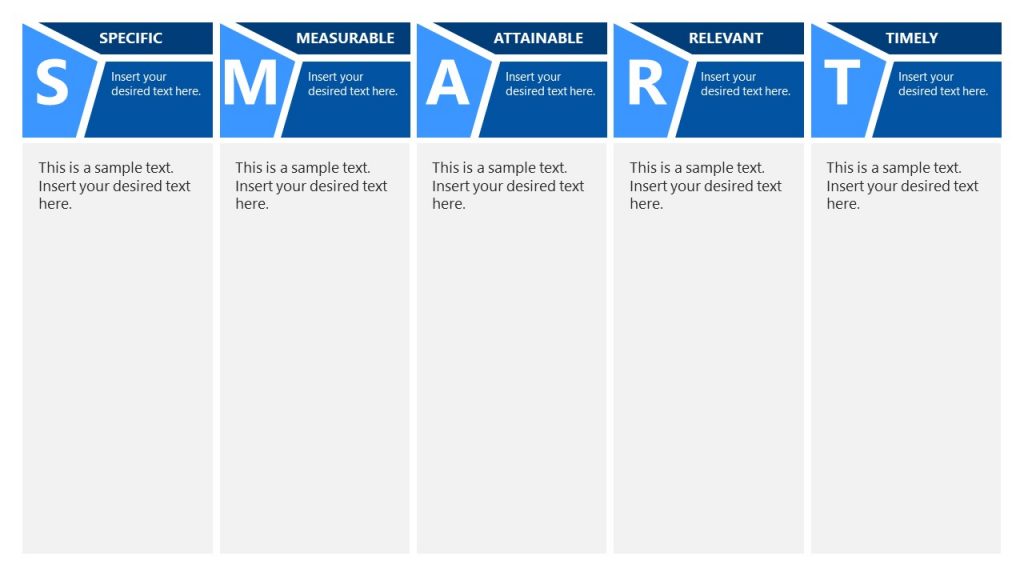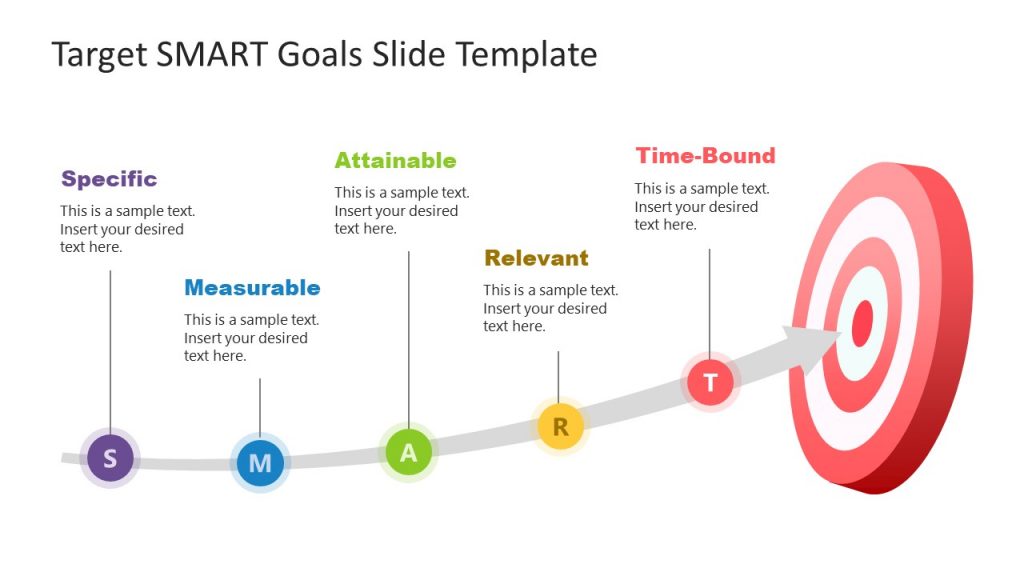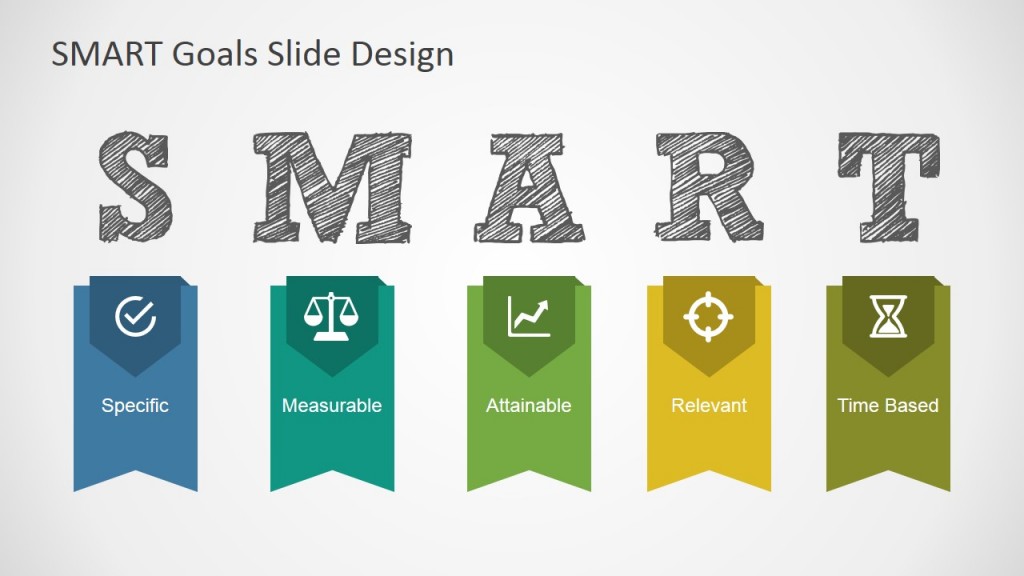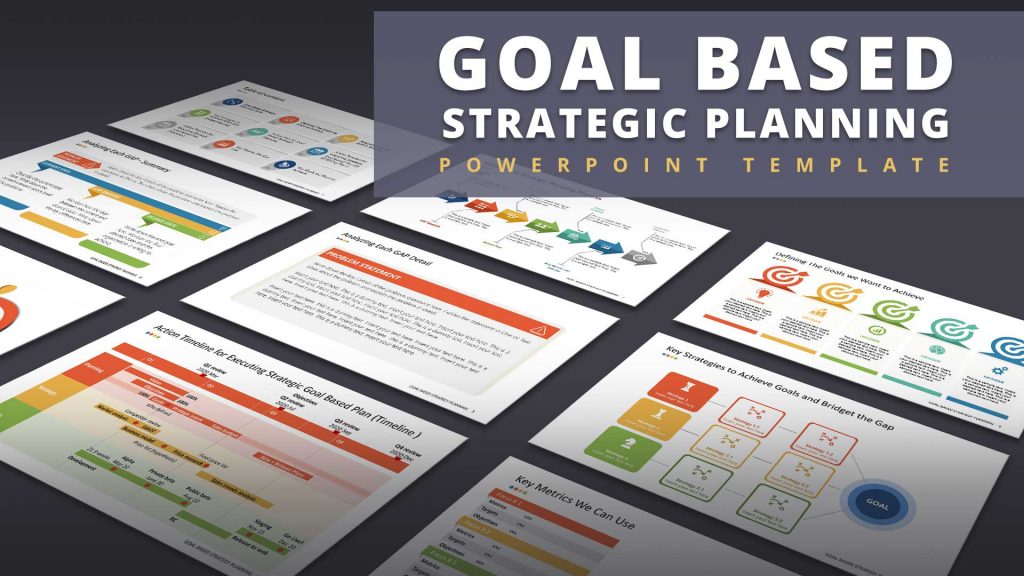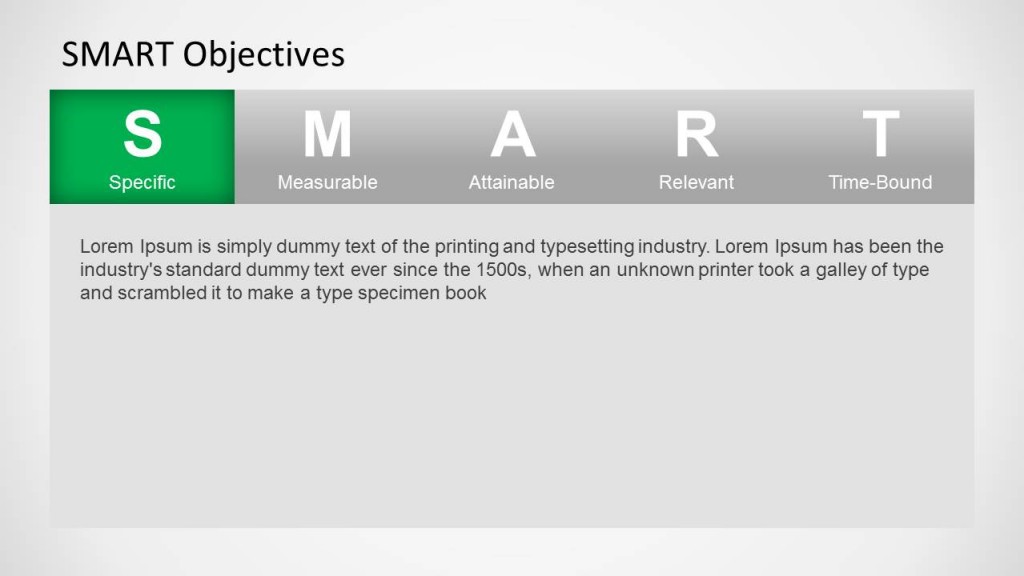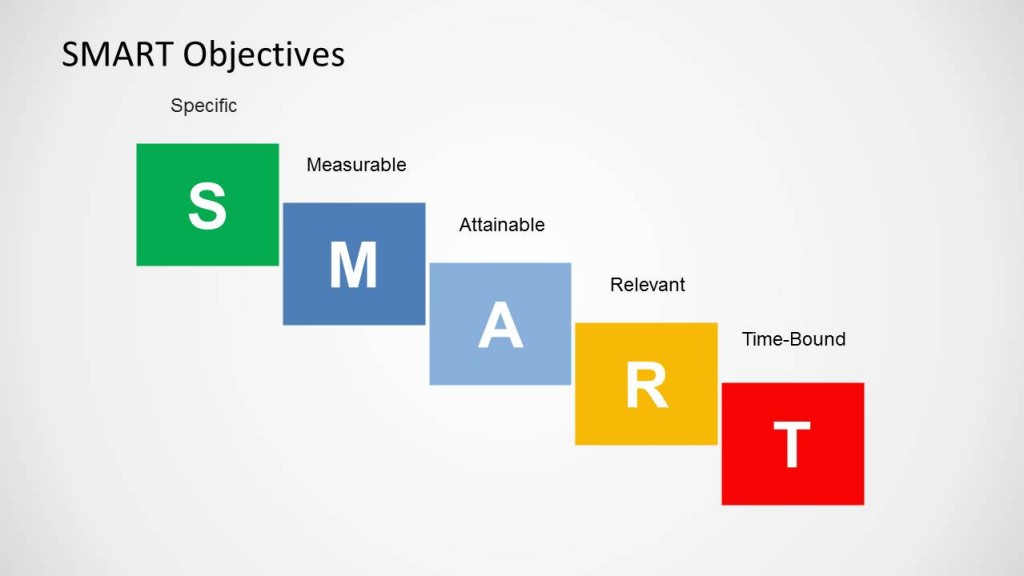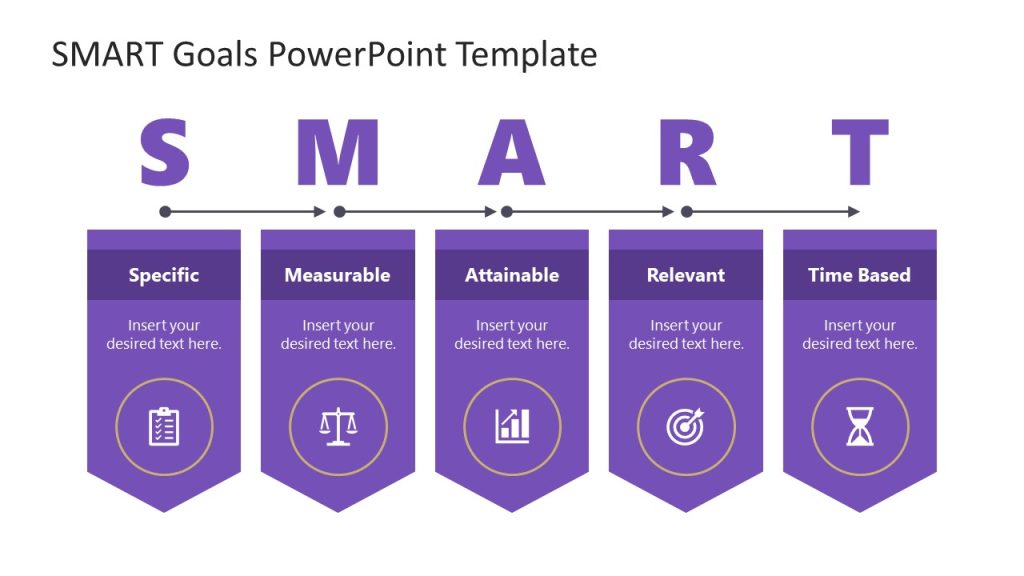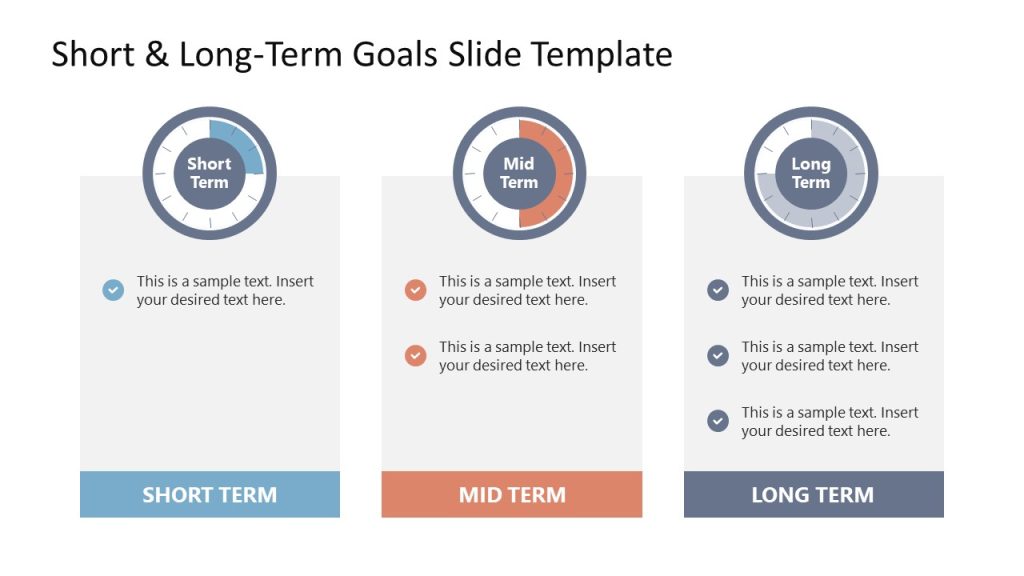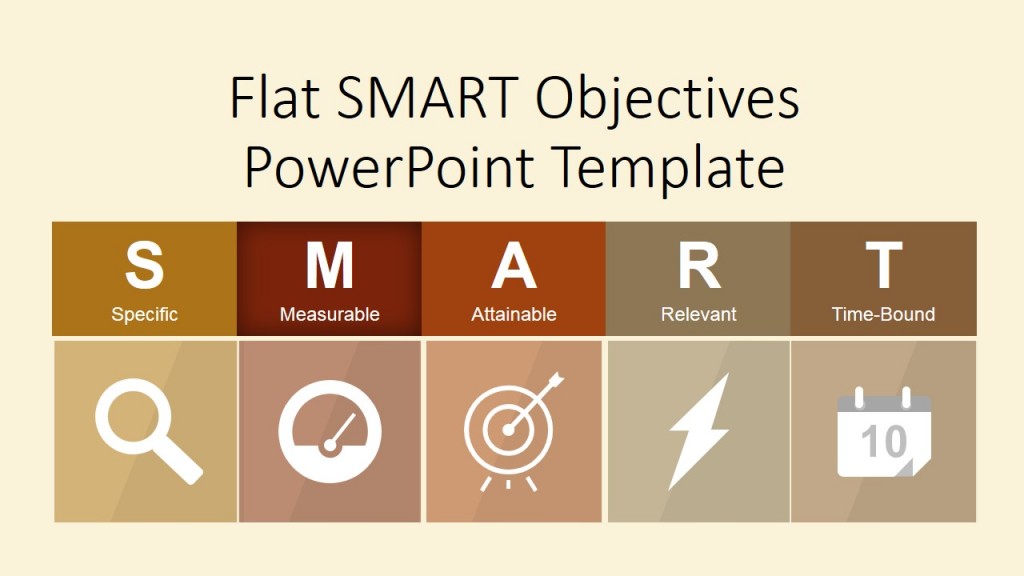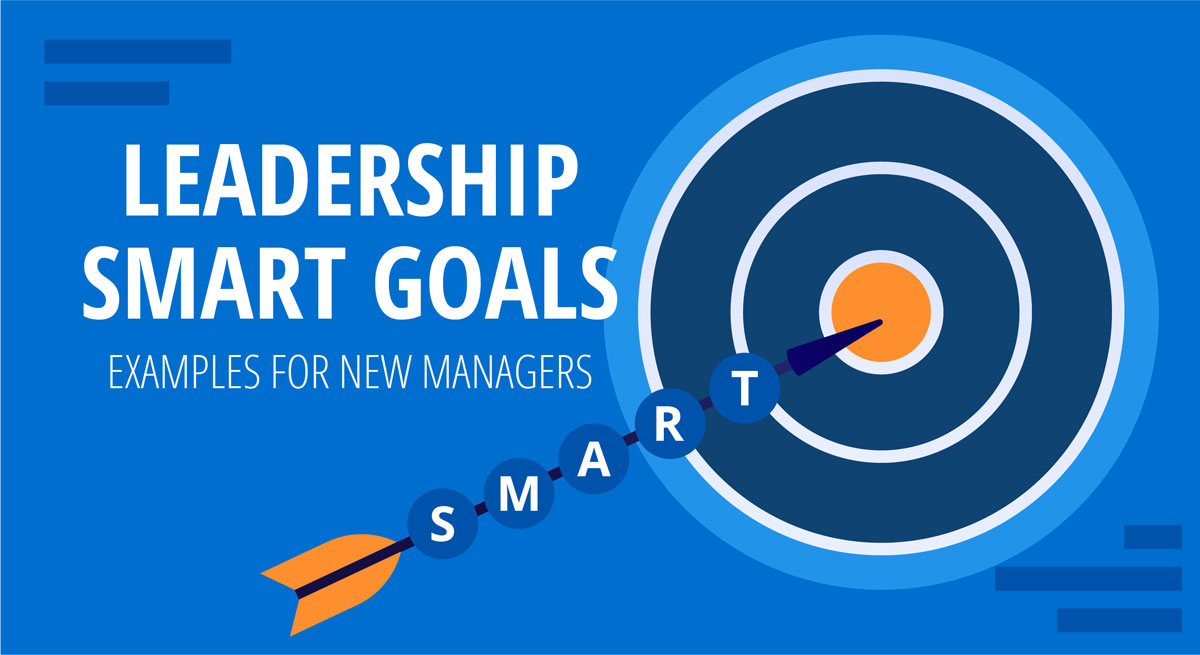
Leaders and managers have profit-making goals defined by their organizations. They need to guide their teams towards the path of success. Let’s explore some Leadership SMART Goals examples that enable leaders to enhance the overall effectiveness of their employees by keeping track of their progress.
What are SMART goals?
SMART Goals as named are specific, measurable, attainable, relevant, and time-bound. They are a defined, stepwise way to achieve and meet your targeted business objectives. With SMART Goals examples for work, you can uplift the work environment ensure job satisfaction while streamlining the performance review process for the entire team.
Why is it essential for leaders to set SMART Goals?
Goal setting is a precise process of identifying a new objective and devising a plan to achieve it. You, as a leader, can set goals that align with your employees’ duties to enhance employee engagement and hence their productivity to meet your company’s expectations. Designing and laying leadership goals guarantees the success of both leaders and their teams.

In turn, by setting SMART Goals you will be able to identify the short, medium, and long-term business objectives, establishing them in such a way that your team will stay motivated, united, and prepared to work based on them. Through the Leadership SMART Goals Examples, you will be able to understand in a practical way how to set them and generate a growth strategy for your company.
Leader and Leadership qualities
It is very famously quoted that: “Leaders instill in their people a hope for success and a belief in themselves. Positive leaders empower people to accomplish their goals.” Every leader has a vision and a style to inspire their team. A contagious passion of a leader to excel can drive employees to thrive in their workplace. A leader with an endless quest to hone expertise can inspire employees to set tangible goals and accomplish them with great ease.
Keeping the team united and strong
Teamwork is the basis of success. It is very important that your team remains united and motivated at all times. As a leader, you must listen and understand the needs of your team, in this way you will collaborate to maintain a positive workplace focused on growth.
Be confident
A leader who generates a bond of trust with his team also manages to be more respected. Seek to create bonds of trust with each member of your team, in this way all team members will be able to see you as a reference and talk if necessary to solve specific problems.
Manage time and tasks
Time and task management in a team are fundamental assets. Much of the time you invest as a leader will be spent delegating tasks taking into account each member of your team and their respective roles and capabilities.
Ability to adapt to change
If there is one thing for sure, it is “change”. One of the most important qualities as a leader is the ability to adapt to change and face it as something positive, always looking for solutions and new opportunities in each new stage. A positive and confident attitude towards these eventual changes will provide your team with security and the desire to face changes in a positive way.
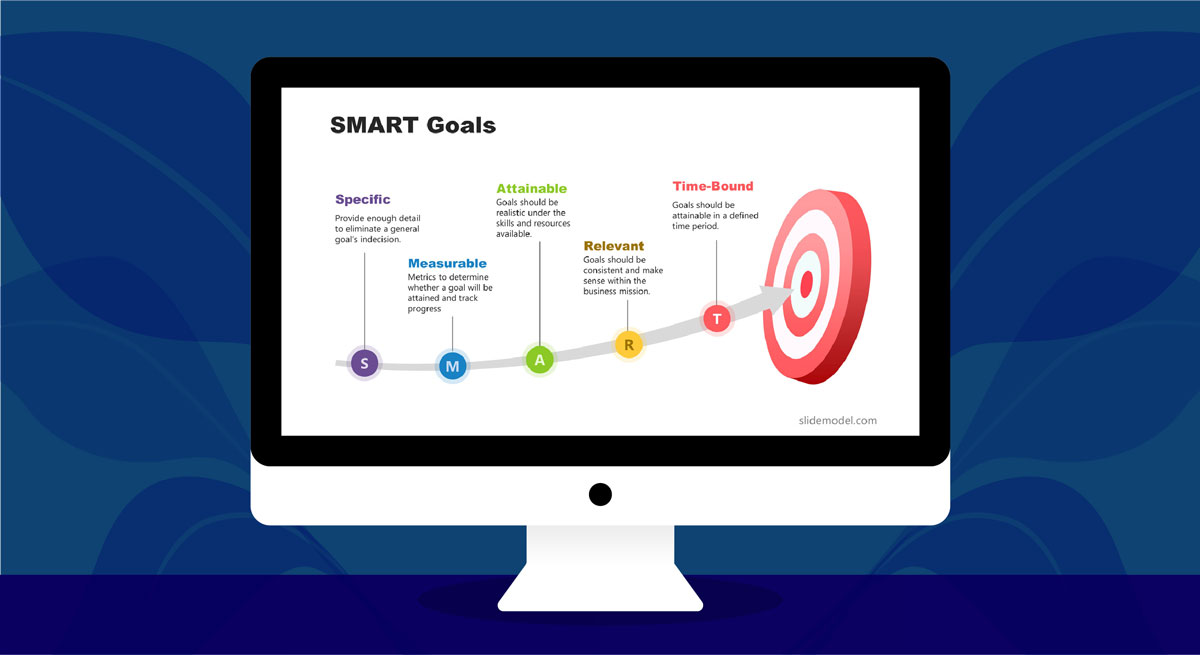
Critical attitude and approach to problem solving
Always keep in mind that the truth is not absolute, so keep a critical and positive attitude about all solutions to a given problem. Ask questions that help your team to rethink and reconsider an idea, in this way you can help create an ecosystem that seeks to generate critical mass and focuses on finding creative solutions to business challenges.
How to set Leadership SMART goals?
Setting leadership goals requires determining, analyzing, and prioritizing those goals based on the SMART system, followed by the strategic planning and execution of the set goals. It is possible to develop a collaborative environment in your team that inspires the employees to work on projects that succeed.

Identify opportunities and threats
An essential step in setting SMART Goals as a leader is to generate a SWOT analysis of your company. This way you will be able to find new opportunities to improve the company’s performance, and at the same time threats in which you should generate defensive actions for the future.
Identifies the most important points for the growth of the company
What are the key areas you want to grow and develop as a company? Identifying these areas and key points of development will help you achieve your Leadership SMART Goals based on those objectives.
Identifies medium and long term goals
In order to establish SMART goals for managers or leaders, it is important to define medium and long-term objectives. As the SMART methodology indicates, your objectives must have time-bound, therefore generating medium and long-term planning can be a strategic idea.
Areas of focus of Leadership SMART Goals for managers and leaders
Becoming a better leader is a very ambitious goal. It can be made possible by reading leadership books and honing one leadership skill at a time by setting a SMART goal for it. As a leader, develop clear verbal, written, and nonverbal communications at your workplace. Provide direction to your employees by assessing situations and making the right decisions to prevent them from going astray. Announcing team targets and recognizing the employees with rewards and genuine constructive feedback can embark encouragement and motivation to work harder. A good leader will focus on autonomy and build a team with members who can trust their judgment without micromanaging.
Leadership SMART Goals Examples for New Managers
Let’s explore some examples of SMART Goals for managers to acknowledge how new managers can meet their objectives by setting their own SMART goals.
SMART Goals Example 1: To improve customer satisfaction
In the next six months, we will bring about a 15% improvement in customer satisfaction by carrying out customer support surveys.
- S: The manager wants to improve customer satisfaction by 15 %.
- M: The measurable aspect is customer support surveys.
- A: This goal can be achieved by carrying out surveys.
- R: With a desire to improve overall sales, the manager has focused on customer satisfaction.
- T: Six months is the set deadline for this goal.
SMART Goals Example 2: Create better employee performance with virtual team-building activities
We will organize virtual team-building exercises monthly to increase employee performance by year-end.
- S: This leader wants to increase employee performance by conducting team-building exercises.
- M: This goal will be monitored monthly.
- A: It is manageable to schedule team-building exercises every month.
- R: Increasing employee performance will increase the team’s productivity.
- T: The end of the year is the timeframe.
SMART Goals Example 3: To Increase sales
By next year, we will increase our online sales by 10%. We will track sales per click every six months.
- S: The goal is to increase online sales by 10%.
- M: The measurable action is the number of sales per click.
- A: The set goal can be easily achieved.
- R: Sales per click should lead to increased sales.
- T: The aim is to accomplish this goal by next year.
SMART Goals Example 4: Become an SEO specialist
I will secure a promotion to become an SEO specialist by the end of this year by completing the required training within eight weeks.
- S: The goal is to earn a promotion and become an SEO specialist.
- M: The required training is the measurable activity.
- A: At a pace of 8 weeks of training, this goal seems accomplishable.
- R: Completion of training is required for securing promotion.
- T: The goal is set for the end of this year.
SMART Goals Example 5: Improve team productivity
I will lead my team to increase their productivity by 30% before the end of the first quarter by monitoring their performance every month.
- S: The leader wants to increase their team productivity for better results.
- M: Performance monitoring every month is the measurable goal.
- A: It is an achievable goal as it is easy to record the team’s performance every month.
- R: Recording the performance will lead to improvement in productivity.
- T: This is a goal set to be achieved at the end of the first quarter.
SMART Goals Example 6: Quality Improvement
By the end of this year, there should be a 20% increase in the quality of products generated by running continuous examining processes every month.
- S: The leader is focusing on quality improvement.
- M: The measurable entity is the quality of the products through continuous examining processes.
- A: A quality assessment can be conducted every month to improve the product quality; hence the goal is achievable.
- R: Continuous examining processes will help gauge quality improvement.
- T: The set time frame of the goal is the end of this year.
SMART Goals Example 7: Increase in traffic
We’ll see a 15% increase in traffic to our blogs to 1500 a day in six months. We will appoint a marketing team for measuring the performance every month.
- S: The focus is to increase blog traffic by 15%.
- M: Increase in traffic through performance measuring is the measurable action.
- A: The goal can be achieved as a marketing team is appointed to monitor the performance every month.
- R: Measuring the performance every month can help increase the traffic.
- T: The goal is targeted to be achieved in six months.
Setting goals gives you and your employees focus and a sense of purpose. Follow these examples of SMART Leadership goals to accomplish tasks and milestones that lead your team towards the pinnacle of success.
PowerPoint Templates to effectively present your Leadership SMART Goals
Presenting your Leadership SMART Goals correctly and effectively to the rest of your team is a fundamental step to making your business goals become a reality. In this section we provide you with some of our 100% editable PowerPoint Templates, so you can communicate your SMART Goals, goal setting presentation and growth strategy with the rest of your company and stakeholders.
